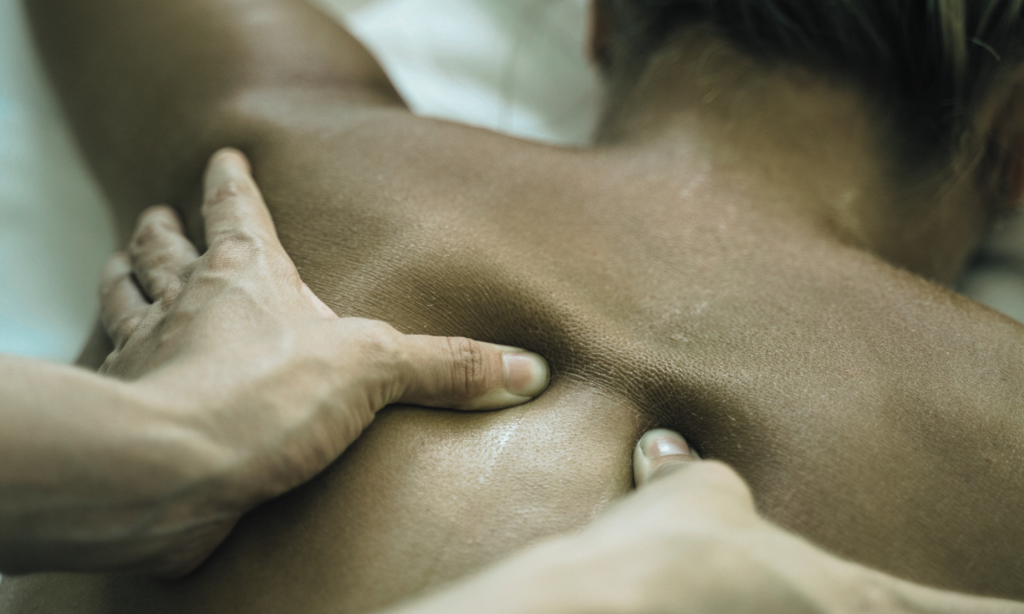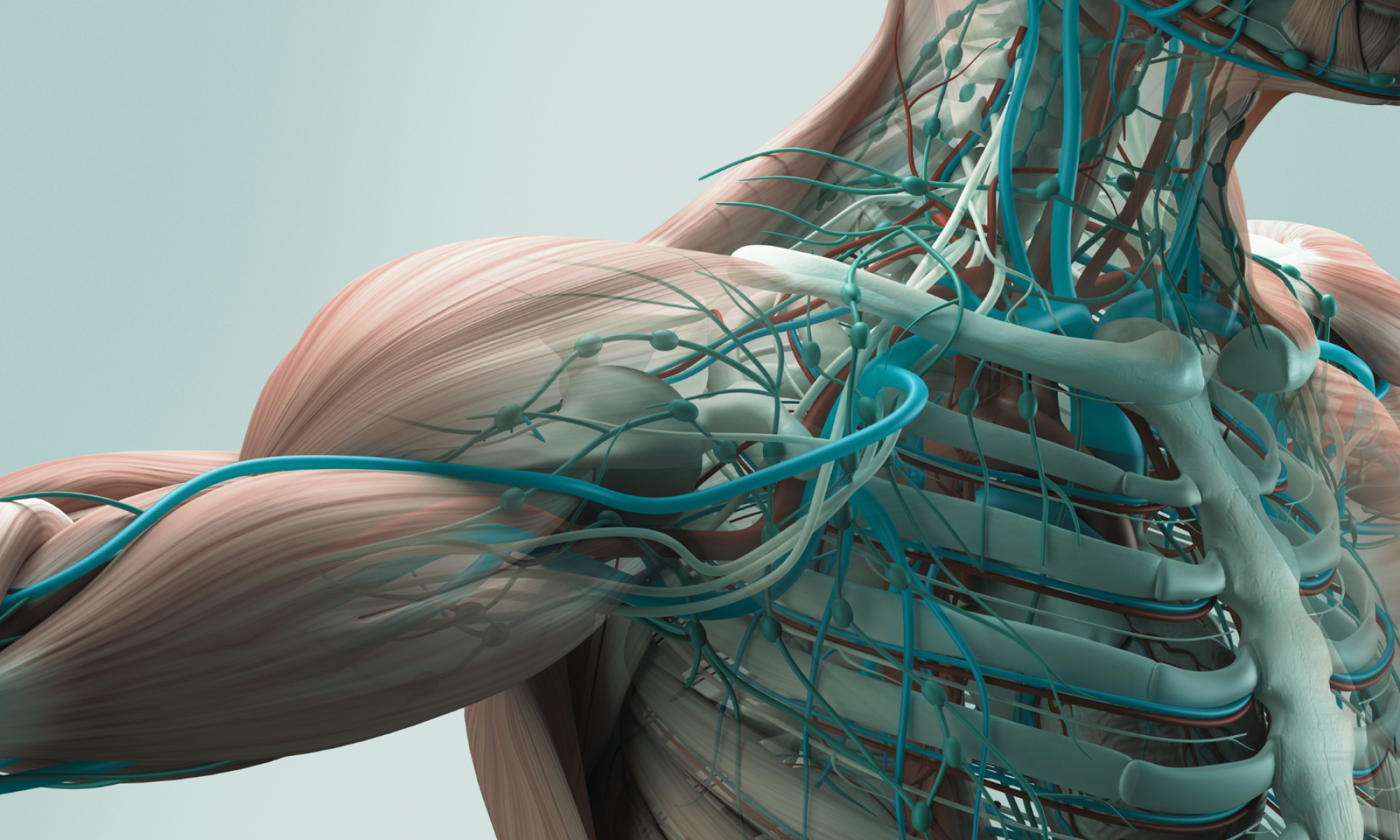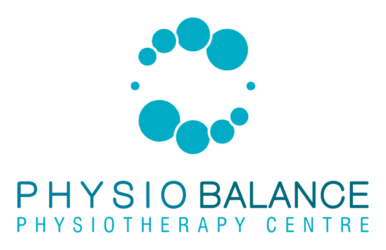
What is Bowen Therapy
The Bowen Technique (also known as Bowtech – the Original Bowen Technique and Bowenwork) is a dynamic system of muscle and connective tissue therapy that was developed by the late Tom Bowen in Geelong, Australia. Sometimes called the homeopathy of bodywork, it utilizes subtle inputs to the body (known as moves), stimulating the body to heal itself, often profoundly. The Bowen Technique offers tremendous benefit to clients with very little effort on the part of the practitioner. It can provide relief for many types of injuries and other health problems, both acute and chronic, and it does so holistically, via the body’s innate healing mechanisms. The practitioner’s moves deliver signals to the nervous system at specific locations (on muscles, tendons, ligaments, or nerves), and the body responds in its own time, within its vital capacity. While there are a few, very specific situations in which a particular ‘procedure’ is contraindicated, Bowen Technique is appropriate for people of all ages, in all degrees of health. When faced with an acute injury, a Bowtech practitioner may effectively apply the work to address only the traumatised areas, since the client has had little time to compensate for, and accommodate to, the injury. However, most practitioners find themselves working with clients whose conditions have developed gradually over many years, and patterns of dysfunctional muscle recruitment and posture have become entrenched over time. In these cases, Bowtech practitioners often need to take a more ‘whole-body’ approach to facilitate optimal alignment and recovery.
How it works
There are many theories about the physiological mechanisms by which the Bowen Technique brings about the results for which it is famous. In addition to the rebalancing of the ANS, described earlier, Bowtech moves and procedures may reset the body to heal itself by activating, through the nervous and endocrine systems among others, the following mechanisms:
- Stretch reflex: Most moves are done either at the origin, insertion or belly of muscles where receptors are located, informing the nervous system on the state of tension, length or stretch in the musculotendinous tissue. These receptors are stimulated during the ‘challenge’ and the ‘rolling’ part of the Bowen move which changes the stimulus received by the nervous system. This can change a pain/muscle spasm loop.
- Joint proprioceptors: All moves done around a joint directly affect the joint capsule and ligaments that are richly innervated with proprioceptors. Here again, stimulus will be received by the nervous system, inviting normalization of the joint function without the need for forceful manipulation.
- Fascia: Each Bowen move is done at the level of the superficial fascia and affects the relationship between the fascia and the nerve, muscle or tendon being mobilised. Fascia plays a major role in muscle co-ordination, postural alignment and overall structural and functional integrity. All of these are negatively affected when the fascia stiffens, contracts, torques or dehydrates. Following a Bowtech session it is not uncommon to see adhesions loosen up, scar tissue soften and posture and mobility improve without harsh mobilization or stretching.
- Segmental viscerosomatic spinal reflexes: Several Bowtech moves engage these reflexes. They produce referred reactions to the internal organs through stimulation of the skin, muscles and nerves.
- Harmonic vibration or resonance model: Bowenwork moves set up vibrational patterns which bring the body back into balance and harmony.
- Lymphatics: Some Bowtech procedures activate draining of the lymphatic system stimulating the immune system.
- Detoxification is often initiated during a Bowen session, thereby improving the body’s ability to function at a cellular level.
Bowen Session
The ideal time for a Bowtech session is immediately after an injury. That way, your body can overcome the trauma before it begins to compensate for it. (The compensations often create more problems in the long run than the initial trauma itself.) If you can’t get to a Bowtech practitioner immediately, the sooner you can, the better. Within three days is ideal for the quickest and most complete recovery. Many people don’t find out about Bowtech until weeks, months, or even years of trying other approaches or learning to live with it. If that’s the case with you, you’ll get the best results from your Bowtech if you:
- Don’t have any other forms of bodywork for four days beforehand.
- Avoid heavy exercise on the day of your session.
- Don’t use ice or heat on the site of injury.
- Wear or bring light-weight, loose-fitting clothing that your practitioner can work through. Or be prepared to be worked on in your underclothes, under sheets or blankets for modesty and comfort.
What can you use Bowtech for
Bowtech can be beneficial in a wide range of situations. It can assist recovery from many conditions, from traumatic injury to chronic illness, depending upon each individual’s capacity to heal. Many clients report that Bowtech is THE most relaxing modality they have ever experienced.Some of the conditions that often respond favourably to Bowenwork are:
- Back pain and sciatica
- Digestive and bowel problems
- Earache and TMJ problems
- Migraines and other types of headaches
- Fibromyalgia and chronic fatigue syndrome
- Hip, knee, ankle and foot problems
- Menstrual and hormonal Irregularities
- Neck and shoulder problems (including ‘frozen shoulder’)
- Groin pain, pelvic tilt and uneven leg length
- Respiratory problems and hay fever
- RSI, carpal tunnel syndrome and tennis elbow
- Sports and other traumatic injuries

